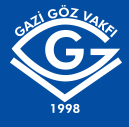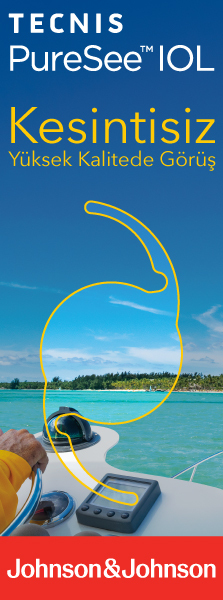Retina-Vitreous
1996 , Vol 4 , Num 1
Ocular Hemodynamics After Panretinal Photocoagulation in Diabetic Retinopathy
1Adnan Menderes Üni. Tıp Fak. Göz Hastalıkları AD.2Doppler Ultrasonografi, Diabet, Hemodinami
3Doppler Ultrasonography, Diabetes, Hemodynamics Ocular hemodynamic properties of central retinal and posterior ciliary arteries of 8 proliferate and 3 preproliferative diabetic eyes are investigated before and after photocoagulation using color Doppler ultrasonography. Fellow eyes were used as controls. Peak systolic flow velocity, pulsatility index, and resistivity index were measured before photocoagulation, just after the completion of argon photocoagulation with 2000 shots, and three weeks later. Peak systolic flow velocity of central retinal artery showed a significant decrease in the measurement taken three weeks after laser therapy as compared to before and just after completion of laser therapy (p<0.05). End diastolic flow velocity of the same vessel showed a significant decrease between measurements taken before and after three weeks after laser therapy (p<0.05), and almost a significant decrease between measurements taken just after completion and three weeks after laser therapy (p=0.05). Other measurements obtained from central retinal and posterior ciliary arteries did not snow significant differences.
Decreased blood flow that was shown with this study is most probably due to the decreased oxygen demand of the retina. There needs to be at least 2.000 laser burns in order to effectively decrease blood flow and assessing the effectivity of laser application if standards are determined with larger studies. Keywords : Hacettepe Üni. Tıp Fak. Göz Hast. AD.





